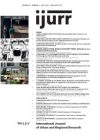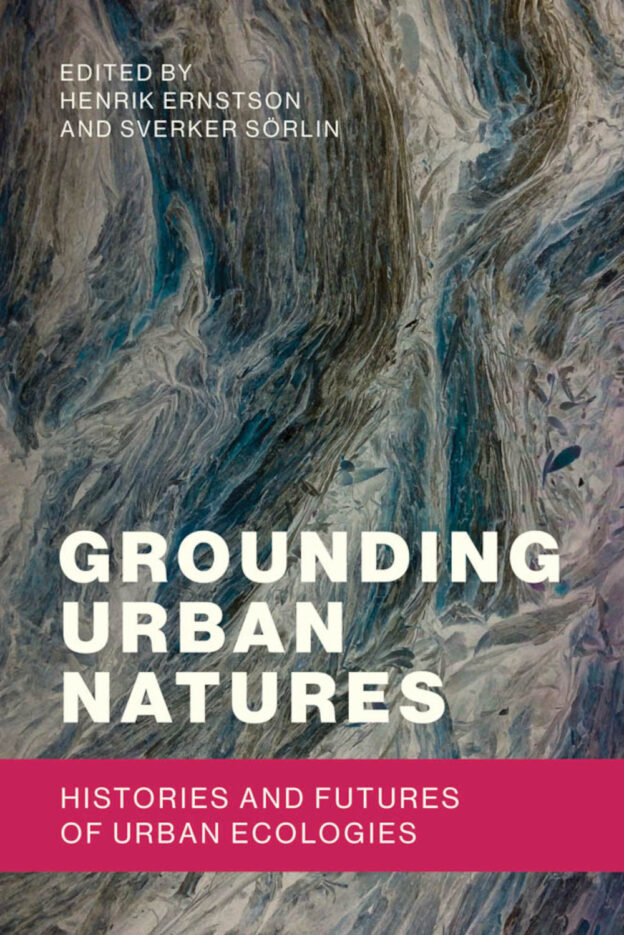The edited collection Grounding Urban Natures is a significant addition to the growing literature on different aspects of urban environmental change. Henrik Ernstson and Sverker Sörlin have curated a fascinating range of essays that will serve as a vital entry point into a series of intersecting debates concerning urban ecology, urban political ecology and environmental justice.
When the field of urban political ecology first crystallized in the 1990s, many early historiographies noted its intellectual lineage going back to neo-Marxian studies of environmental degradation in predominantly rural locations in the global South. What is especially interesting about this work, however, is its empirical and conceptual debt to urban transformations across the global South. The scope of the collection is truly global in scale, with essays on Cape Town, Córdoba, Dalian, Delhi, Lagos and other cities, as well as new analyses of well-established centres for urban ecology in the global North such as Baltimore, Berlin and San Francisco. In important respects, therefore, many of the essays blur the analytical distinction between global South and global North.
Ernstson and Sörlin’s introductory essay presents a comprehensive and incisive overview of recent developments in urban environmental research. In particular, they caution against any attempt to impose a form of epistemological unity onto urban environmental knowledge. They offer a multi-scalar vantage point in order to advance what they term a ‘comparative urban environmentalism’ (p. 6) that thrives on unexpected empirical juxtapositions and the cross-pollination of conceptual ideas.
Grounding Urban Natures shows how the field of urban ecology is not only dynamic but also highly heterogenous in terms of its emergence within disparate institutional settings and research programmes. An especially interesting contribution to the collection is James Evans’s careful delineation of urban ecology’s transformation from a ‘subdisciplinary backwater’ (p. 304) into a key element of urban environmental discourse. Evans uses the example of Baltimore to show how a specific city can become a focal point for the production of environmental knowledge. Similarly, in relation to Berlin, Jens Lachmund describes the emergence of a distinctive combination of insights derived from urban ecology, with the evolution of new approaches to urban nature in fields such as land use planning and community gardening.
In important respects this collection of essays acts as a bridge between urban political ecology and a growing interest in the multispecies city. Martin Ávila and Henrik Ernstson, for instance, show how scorpions have adapted to the poorly maintained sewerage system of Córdoba in Argentina. Scorpions have become the top predator within the underground city by feasting on cockroaches, yet their increasing numbers present a threat to the human inhabitants of the city above ground. For Ávila and Ernstson, the ‘human-scorpion encounter’ (p. 139) reveals disturbing synanthropic scenarios for the future city, but also the potential to use design innovations such as fine mesh barriers in bathrooms to mediate such unexpected dimensions to the multispecies city.
The strong presence of essays from the global South in the collection underlines the continuing centrality of social stratification to urban ecological discourse. In Amita Baviskar’s essay on Delhi, for instance, she further develops her analysis of ‘bourgeois environmentalism’ to explore the phenomenon of urban land grabbing. Baviskar examines how certain powerful groups are able to dominate the urban environmental discourse and gain control over contested metropolitan landscapes.
The editors’ concluding essay builds on the interdisciplinary scope of the earlier contributions. In their final remarks, inspired by Aime Césaire, Ernstson and Sörlin emphasize how a combination of ‘grounding’ and ‘worlding’ provides a relational entry point for ‘understanding practices and places in textured ways and as connected to multiple elsewheres’ (p. 381).
Grounding Urban Natures thus marks an important milestone in terms of the ongoing development of urban ecology as a distinctive field of analysis through its engagement with critical themes such as postcolonial theory, the multispecies city, and new kinds of comparative insights that dispel narrowly framed urban typologies. This wide-ranging, generous and imaginative collection is a vital addition to the urban environmental literature. The scope of the collection also lends credence to the argument that urban political ecology remains a distinctive and vibrant source of environmental knowledge.
Matthew Gandy is a Professor of Cultural and Historical Geography and Fellow of King’s College. He is a cultural, urban, and environmental geographer with particular interests in landscape, infrastructure, and more recently bio-diversity.
Henrik Ernstson and Sverker Sörlin (eds.) Grounding Urban Natures: Histories and Futures of Urban Ecologies. Cambridge, MA: The MIT Press © 2019. Cover used with permission of The MIT Press.
Views expressed in this section are independent and do not represent the opinion of the editors.

